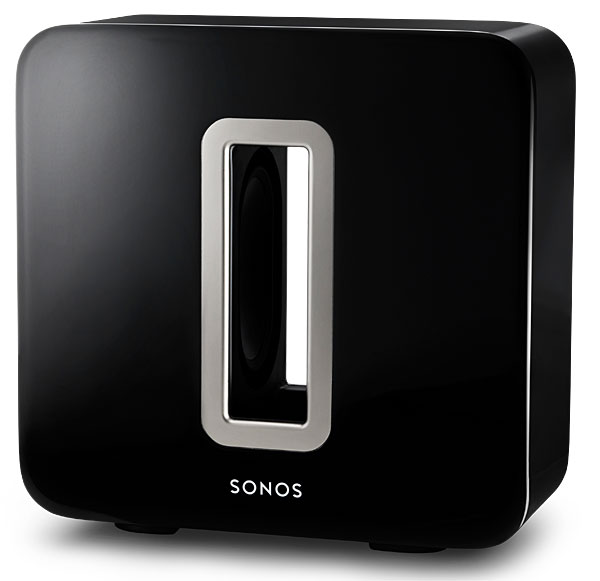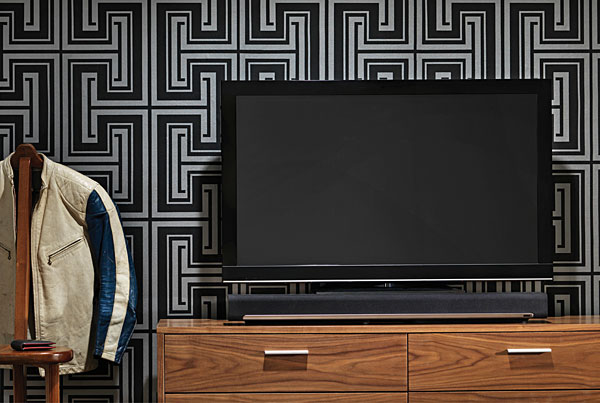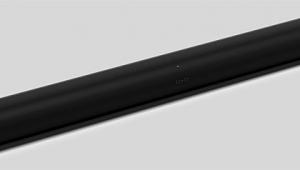Rob - I've been meaning to get back here for awhile.
Thank you for this excellent and thorough review.
It really helped us make our decision about buying a Sonos Playbar. We decided to buy it and were able to do so with our eyes wide open.
We were concerned about the DTS lack of support but it
really hasn't been a problem.
We are absolutely thrilled with our purchase and eventually
added the full 5.1 with the Sub and two Play 3's.
WOW!
With kids and a fairly big house, we found we didn't want to stop there and Sonos made it easy to get our whole house filled with sound from our iTunes library as well as all the streaming services.
Great having a house full of music - in-sync or chaotically out of sync (when we've got different music going in different rooms).
Thanks again for one of the better reviews we read at the time.
Any reader on the fence - Sonos gives a 45 day money back so
you have plenty of time to check it out.
I doubt once you have it that you'll want to return it.
It's hard to find any discounts but I did find a working free 2 day shipping code for Sonos on the following site.
Also - there's information there about how to get a free Sonos bridge when you buy a Play 3. That sale ends today or tomorrow (not sure).
http://www.squidoo.com/sonos-playbar-soundbar-and-wireless-speakers-for-...

































































